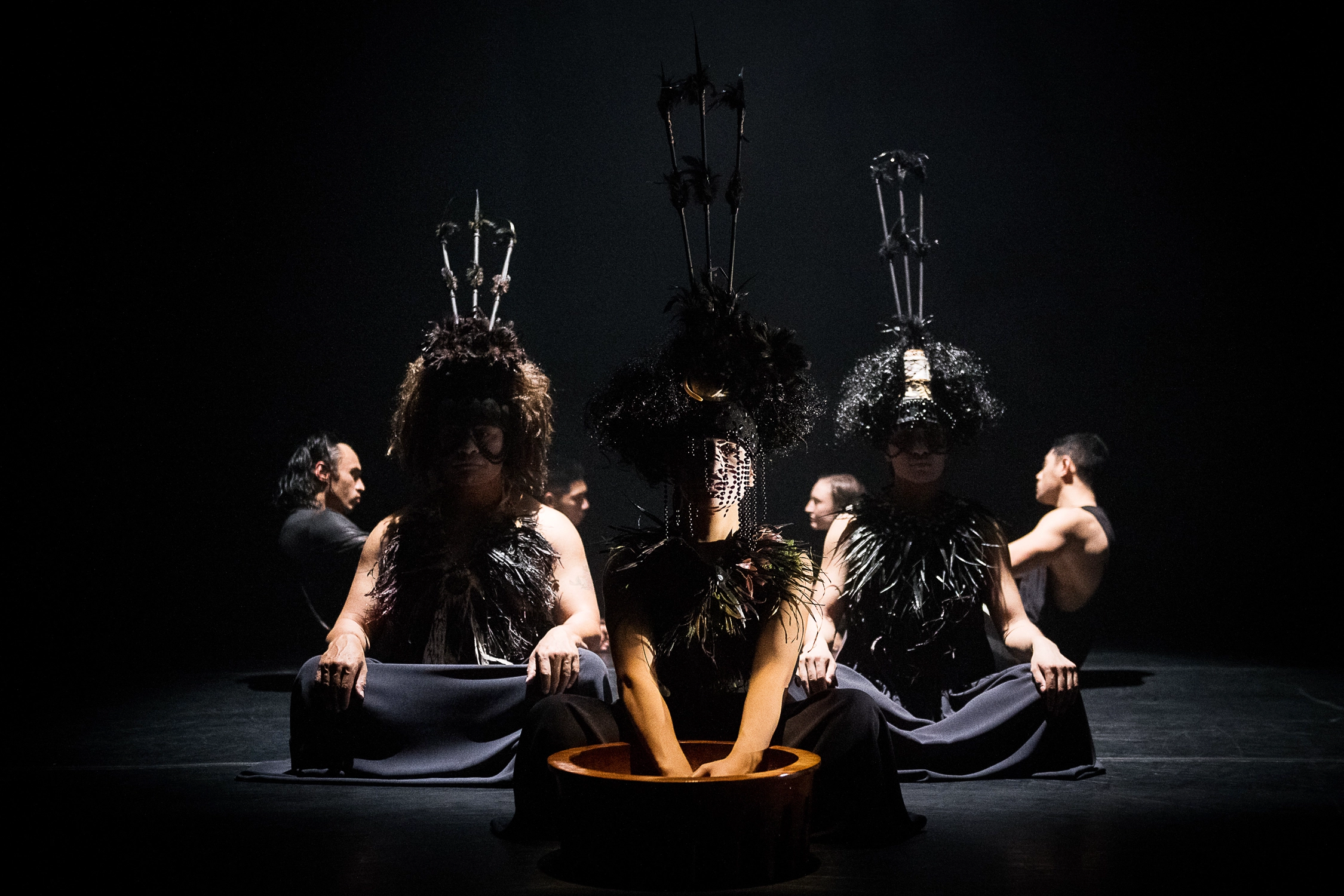The Harris Theater Celebrates Two Decades of Bold Moves in and for Chicago
The idea that led to plunging a theater seven stories beneath Chicago’s Millennium Park first came in the 1980s. At first called the Music and Dance Theater—MAD, for short—skeptics justifiably wondered if the Joan W. and Irving B. Harris Theater for Music and Dance would ever be realized. After years of delays, the Harris (named for the benefactors who shouldered much of the financial burden when the project went $20 million over budget), opened its doors November 8, 2003.
The venue kicks off its 20th-anniversary season on September 9 with a celebration of the Harris’ 28 resident companies—15 of which are dance companies, service organizations, and education partners.
The original vision for the theater was to cater to local music and dance organizations that were lacking sufficient space. The 1,499-seat venue was ideal for the city’s jazz and contemporary dance companies at a time when there were few choices between 40 and 4,000 seats. Hubbard Street Dance Chicago and Giordano Dance Chicago were among the first to sign up as resident companies. In more recent years, the Harris has been a launchpad for rising stars like South Chicago Dance Theatre.
But the resident-company program has been far from perfect. Throughout the theater’s 20-year history, questions have swirled around whether the Harris truly provides an affordable model for midsized dance companies, despite its stated mission to provide a state-of-the-art venue for Chicago’s performing artists.
That may be in part because of the other prong in the Harris’ two-pronged mission: Harris Theater Presents, which programs world-class artists from outside Chicago. The initiative has produced some of Chicago’s most thrilling dance moments, including the 2019 North American premiere of Akram Khan’s Giselle and the Chicago premiere of Pina Bausch’s Rite of Spring last year. (For the 2023–24 season, it will usher in the return of New York City Ballet, which kicked off the program in 2006 with the company’s first Windy City visit in over 25 years, as well as the Chicago debuts of Khan’s Jungle Book reimagined and New Zealand’s Black Grace.) But for years, local artists felt devalued compared to Harris Theater Presents.
“I think there was this expectation, when you open the doors of this big building that has this big vision for itself, that we would be all-knowing of how to do that right from day one,” says president and CEO Lori Dimun, who was drawn to the Harris specifically by the resident-company program. “The reality is it’s taken bumpy roads and working together. That’s all been part of this learning journey over the past 20 years.”
Dimun started at the Harris in operations in 2011and quickly rose through the ranks, overseeing all aspects of production and facility management and serving as previous CEO Patricia Barretto’s right hand. Barretto died March 3, 2020, after a battle with breast cancer. Dimun thus found herself leading a grieving organization through an unprecedented pandemic.
And yet, the Harris stepped up. Regular resident-company check-ins became a de facto support group and think tank for organizational leaders to strategize how to navigate the pandemic. Rather than each company having to build out their own digital platform, they were able to use the new HT Virtual Stage. And the building itself became an asset that helped Chicago dance to keep going.
“Success doesn’t always mean you have 1,500 people in the house,” Dimun says. Some resident companies and service organizations, including See Chicago Dance and Chicago Dancemakers Forum, have office space at the Harris; community partnerships have made better use of the theater’s available rehearsal and lobby spaces.
“We’re letting it take shape in a way that feels supportive of our community and organic, but also still serves our mission,” says Dimun. “Word has spread that we are open to being creative partners beyond just companies that have the ability to present on the stage.”




